Put your mouse on different parts of the buffalo to discover how the Indians used everything from its beard—to its brains! They even found a use for bison doo-doo—it fueled their cooking fire. Aren't you glad your home has an oven?
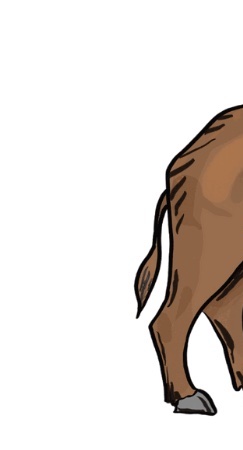
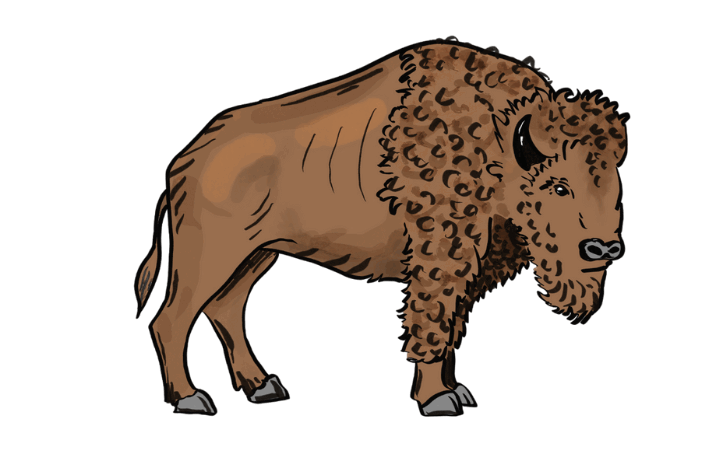
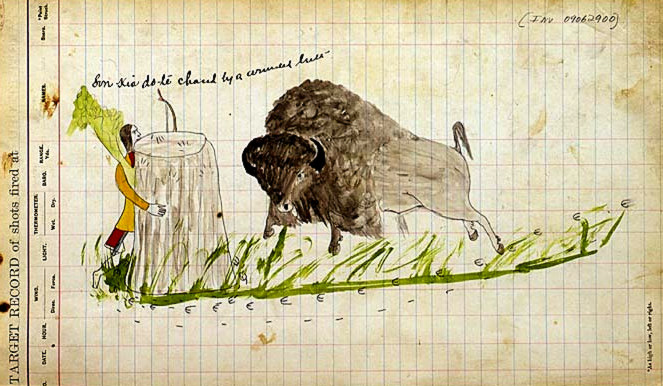
Buffalo chips (poop): ceremonial smoking, fuel for cooking fires
Tail: medicine switches, fly brushes, tepee decorations, whips

Hooves and Feet: glue, rattles

Stomach: buckets, cups, dishes, other containers
Bladder: pouches, medicine bags

Hide: (tanned into tough leather) bedding, belts, cradles, dolls, dresses, gun cases, leggings, moccasin tops, paint bags, pipe bags, pouches, shirts, teepee covers, winter robes
Hide: (untanned, more like soft skin) armbands, belts, buckets, bullet pouches, ropes, containers, drums, headdresses, knife cases, medicine bags, moccasin soles, rattles, saddles, shields, splints, stirrups, thongs

Hair: halters, headdresses, medicine balls, ornaments, pillows, ropes
Sinew (attachments for muscles): glue, bows, thread
Best Meat: tongue, organs (insides), rump (rear-end) and ribs eaten right away
Rest of Meat: jerky and pemmican (dried meat, fat, berries and nuts or seeds)
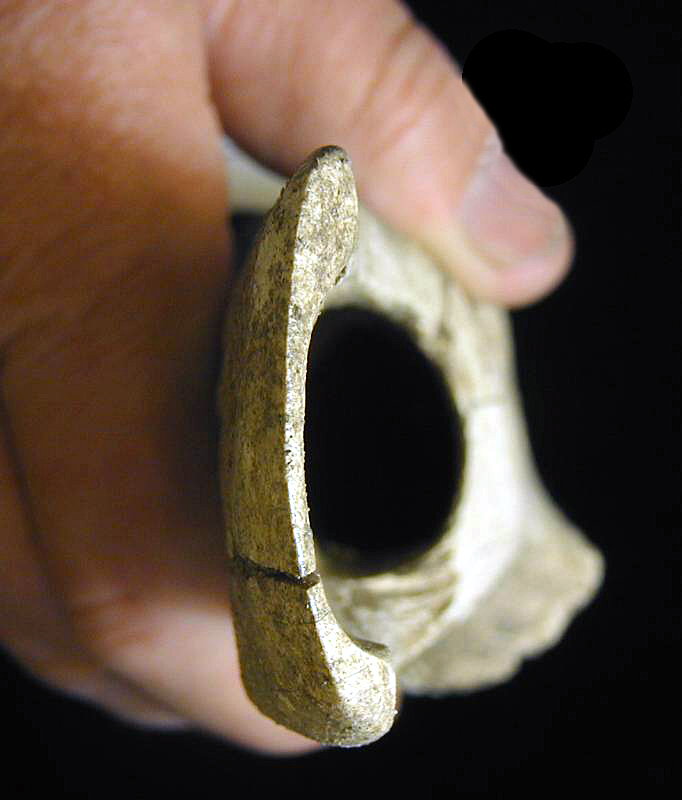
Horns: cups, headdresses, ladles, powder horns, spoons, toys
Bones: spear handles, awls (needles), knives, paintbrushes, scrapers, shovels, clubs, winter sleds, toys
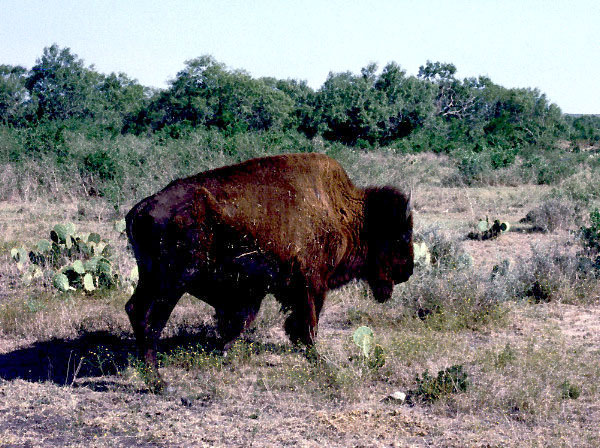
Beard: ornament for clothing and weapons

Brains: hide tanner (a type of coating that toughened the bison's hide into leather)
Skull: ceremonies, prayer objects
Did you know that the bison (or buffalo) is the biggest land animal in North America? They can weigh more than 2,000 pounds—that's as much as a car! So how did Indians hunt and kill them—and without guns? Click here to learn about their powerful strategy.
In the early 1800s there were more bison than people in North America—at least 50 million versus perhaps 2 million humans. By the end of the century, professional hide hunters (not Indians) had almost wiped out the bison, slaughtering whole herds just for their thick woolly skins.
For thousands of years Native Americans hunted bison and valued it above all other animals. Prized for their meat, their hides, and their bones, a bison offered one-stop shopping for most Plains Indians—kind of like when we go to Wal-Mart. You can imagine how hard it was for the Plains Indians to see their most valuable resource slaughtered by the thousands. Luckily, today bison are no longer endangered thanks to the concerted efforts of ranchers and zoos, but there are far fewer of them than in early historic times.
Illustration by Samuel M. Wilson.